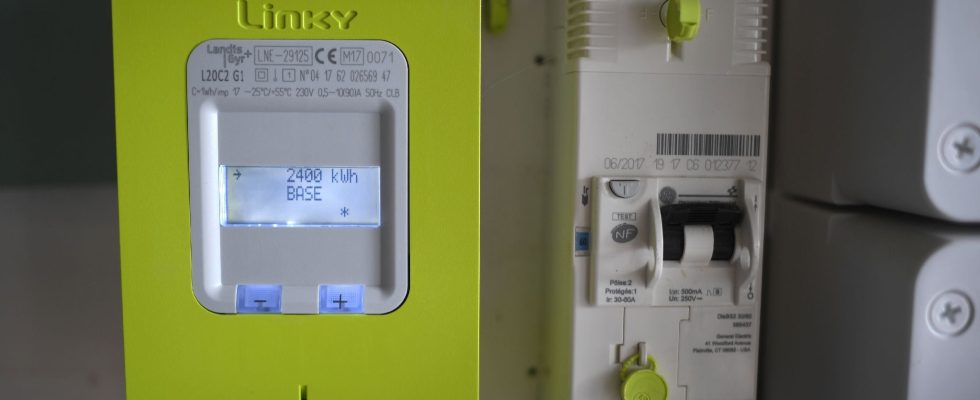Calmer markets but relatively high prices. This is the message from analysts for the year to come. On the Dutch exchange “Title Transfer Facility” (TTF), which serves as a reference in Europe, prices for gas deliveries in 2024 remain around 35 euros per megawatt hour. As a reminder, this level is ten times lower than that reached in 2022 with Russia’s entry into war against Ukraine and the almost complete cessation of Russian gas deliveries by pipeline. “However, before the crisis, we were more between 15 and 25 euros,” notes Laurent Néry, director of market analyzes at Engie. The market has therefore not returned to its previous levels. We observe the same phenomenon for electricity: next year, on the French and German market, prices should be around 80 or 90 euros per megawatt hour. Before the crisis, we were at 40 euros.
“As market prices have an impact on bills, the question for consumers is whether this relaxation will continue,” says the expert. Unfortunately, the outlook tends towards a stabilization or even an increase in prices. Certainly, gas stocks are overflowing. “We have a occupancy rate close to 90% for Europe and France. This represents 10 to 15 points ahead of a usual scenario,” indicates Laurent Néry. Furthermore, meteorologists do not report any risk of lasting cold over the coming weeks. And demand for energy has fallen among large industrialists and individuals over the recent period.
However, even if a further decline in prices remains possible, we will not return permanently to 15 euros per megawatt hour because this threshold corresponded to the marginal cost of producing Russian gas, from which Europe no longer benefits. “Today, in the countries that supply us and in particular the United States, the wells are less efficient. We have to drill more to achieve the same results. Furthermore, the logistics chain is more expensive. There is no colossal margin on the supply offer: the global LNG market appears slightly in surplus, no more. This is why, on the TTF market, we still see gas prices above 30 euros”, indicates Nicolas Leclerc, co-founder of the consulting firm Omnegy.
Nuclear production is better oriented
Added to these mixed market prospects are other elements likely to increase bills. “There has recently been a significant drop in gas consumption because industry has cut back and households are more frugal. This means that the base for paying for infrastructure is becoming smaller. In other words , the unit costs of delivery – transport, distribution, storage – are increasing. This will be seen sooner or later on the bill”, warns Nicolas Leclerc, who adds: “We must expect that the internal tax on consumption final electricity (TICFE) increases quite quickly. Perhaps even as early as August 2024.” The context is favorable: the reduction in gas consumption reduces revenue from another tax, the TICGN, collected by natural gas suppliers from their customers. At the same time, sales of electric vehicles are increasing, which translates into less fuel revenue for the State. “Taxes are intended to increase on energy consumption,” summarizes Nicolas Leclerc.
Who says increase does not necessarily mean outbreak. “In 2022, the main source of tension on the electricity market came from the low production of French nuclear reactors: 280 terawatt hours instead of 400 in normal times. However, according to EDF, the outlook is improving for 2024. The rise of renewable energies also results in periods during which market prices are very low, or even negative,” notes Laurent Néry. “Our decision is to ensure that by February 1, 2024“the electricity price “does not increase by more than 10%“, assured the Minister of Energy Transition, Agnès Pannier-Runacher. It’s not painless. But even including this increase, French households and businesses should still benefit from a lower electricity price than in neighboring countries.
.
